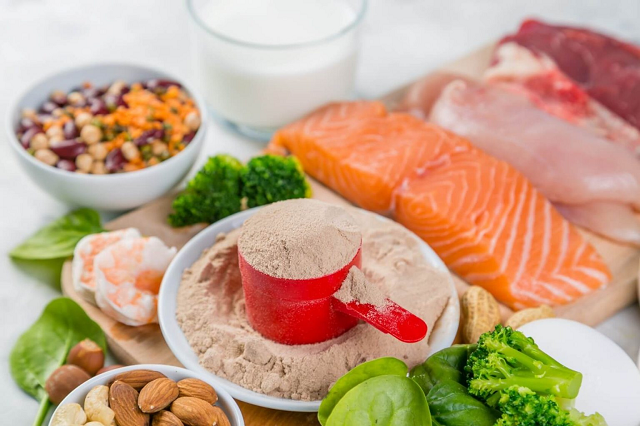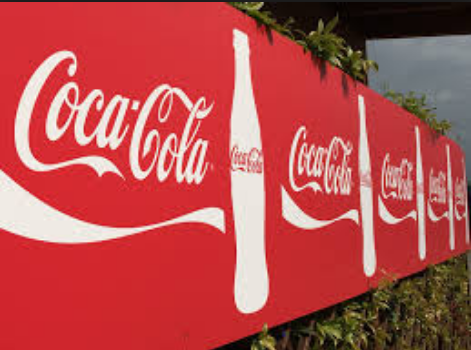Protein makes up about 20 percent of the human body. Protein can be gotten from both plant and animal sources. Protein is essential for good health.
The question of which protein source is best, remains a moot conversation. For instance, for a long time, the bulk of the population regarded meat and eggs as the main sources of protein. In reality, there are tons and diverse sources of protein.
Indeed, protein can be found in almost all types of food. So, where does the long-standing debate about plant and animal protein come from? It stems majorly from the amino acid content of proteins.
Amino acids are compounds that help the formation of proteins. They are essentially the building blocks of proteins. They help to synthesize hormones and neurotransmitters. The body uses amino acids in all repair and body building functions. In total, there are 20 amino acids, classified as essential and non-essential. 11 of these are produced by the body, while nine must be gotten from food. The nine are referred to as essential amino acids, and the 11, non-essential amino acids.
Now, the major difference between animal and plant protein food sources is the amount of essential amino acids they contain. In much the same way that proteins come in different types even so do they come in varying qualities. It is pertinent to consider the type and quality of protein we eat, and how it affects certain processes in the body.
There are three types of proteins, according to their sources: complete, incomplete and complementary proteins.
Complete proteins are said to contain all the nine essential amino acids. Incomplete proteins contain one or two less essential amino acids while complementary proteins are gotten from a combination of complete and incomplete proteins.
Recent research reveals that most animal food sources contain all nine essential amino acids which make them complete proteins. However, it is important to note that in making protein decisions, especially as it regards health, quality should be considered over quantity.
According to Dr Fuhrman – ‘when it comes to cardiovascular health, it is your source of protein that matters the most’. Plant-based proteins are said to be lacking one or two amino essential acids, which makes them incomplete proteins. However, plant sources are your go-to for the healthiest forms of proteins.
 Lentils, green peas, nut, quinoa and legumes of all sorts, are some examples of protein-rich plant sources. Soybean, a legume that is mostly indigenous to Asia, offers numerous awesome benefits to the human health. Asides its high protein profile, soy bean richly contains vitamins, folates, minerals, fiber, and other bioactive plant compounds such as isoflavones, phytic acid, Lunasin and a host of others, which have been proven to be chiefly responsible for the cancer-fighting properties of soybean.
Lentils, green peas, nut, quinoa and legumes of all sorts, are some examples of protein-rich plant sources. Soybean, a legume that is mostly indigenous to Asia, offers numerous awesome benefits to the human health. Asides its high protein profile, soy bean richly contains vitamins, folates, minerals, fiber, and other bioactive plant compounds such as isoflavones, phytic acid, Lunasin and a host of others, which have been proven to be chiefly responsible for the cancer-fighting properties of soybean.
In a study by Adventist Health to ascertain which protein sources pose a high risk to cardiovascular health, it was revealed that of all animal and plant food sources consumed, the risk of cardiovascular deaths progressively scaled from meat consumption and decreased rapidly by 40 percent with the consumption of plant protein. https://foodrevolution.org/blog/plant-protein-vs-animal-protein-heart-health/
By nutritional composition, soy is made up of 36 percent protein. Extensive research has proven that soy is the only plant-based protein that contains all nine essential amino acids. This not only makes it, perhaps, the best quality but also the healthiest source of protein. More so, soybean contains zero cholesterol and negligible amounts of saturated fat. Source: www.medicalnewstoday.com
Principally, all proteins are good proteins. Proteins, whether animal or plants, are required for healthy living. It is important to access whatever protein is within one’s reach. But if you are thinking of plant protein, then by all means, think soybean especially since it is cost-effective, versatile and easily accessible.
Judith Igwe, Creative Industrialist and Aspiring Public Relations Professional, writes from Lagos.














